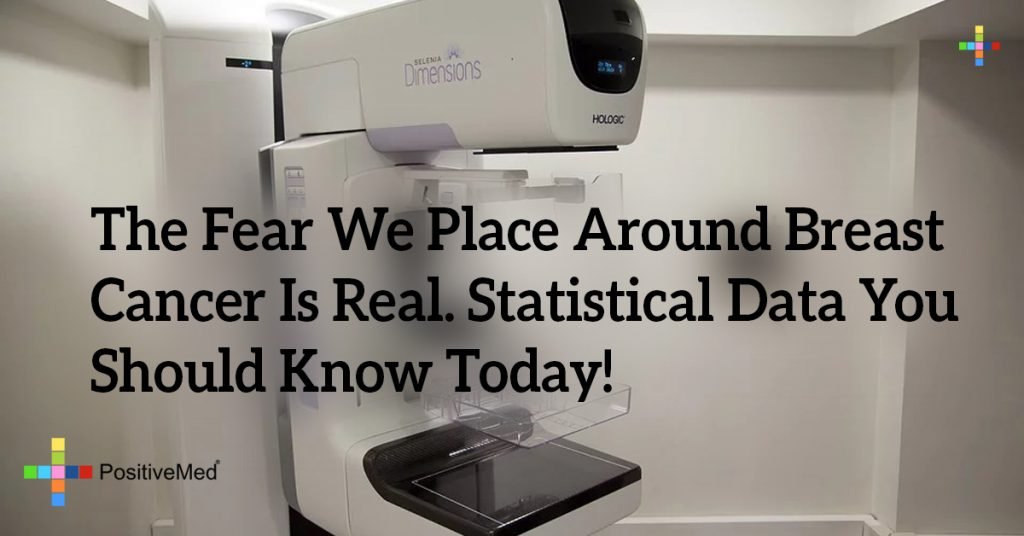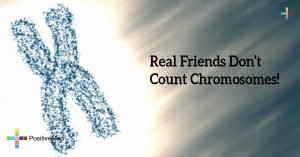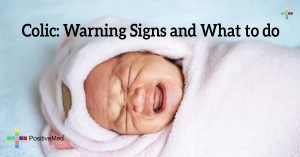
The Fear We Place Around Breast Cancer Is Real. Statistical Data You Should Know Today!
It’s general knowledge that mammograms can help detect breast cancer in its early stages. It leads to early detection and the appropriate treatments. Yet how effective are mammograms and other types of screenings? Do they actually decrease the number of women who die from breast cancer each year? Or do mammograms lead to more fear surrounding breast cancer?

Who Should Get Mammograms?
In the past 50 years, it was recommended that women over the age of 40 should sign up for an annual mammogram to detect breast cancer. Early detection has always been considered the greatest prevention in breast cancer. Yet recent studies show that this might not be accurate. Although women have been consistently screened for breast cancer, the number of patients who were and were not screened do not show significant gaps in survival rates. The idea over the past 50 years that mammograms were leading to lower mortality rates might be false. The mortality rate drop is probably due to advanced cancer treatments available within the past 50 years.
The Downside to Mammograms
When most women hear the words “breast cancer” they often hear the words “death sentence.” Though this might have been true 50 years ago, breast cancer no longer leads to imminent death. Yet the fear we place around breast cancer is real. When a woman goes to the doctor for a mammogram, she already fears the results. When the doctor finds an abnormality in the reading, the fear intensifies. When she needs to continually return to the doctor to find out if breast cancer is the diagnosis, the fear becomes unbearable. What if we could minimize the fear and remove the unnecessary screenings? This fear only intensifies when a woman undergoes an unnecessary mastectomy – which happens more often than most women would like to believe.
Mammogram Statistics
The statistics to back up this information are startling. According to “Annual Mammograms Won’t Lower Your Risk of Dying from Breast Cancer. Here’s What Will,” many women do not need to go in for a mammogram. The article claims that most women who undergo a mammogram don’t benefit from the procedure. Yet the fear of breast cancer intensifies. According to the article, “For every 1,000 women who did not get screened, zero learned that the results of their biopsy were a false positive. For every 1,000 women who did not get screened, zero learned that their breast removal surgery was unnecessary.” 21 women out of every 1,000 who did not get screened died from cancer. Only five died from breast cancer.
RELATED ARTICLE: What Every Woman Should Know About Breast Density

Compared to the statistics of the women who did get screened, the numbers are shocking. 100 out of every 1,000 women discovered that their diagnosis of breast cancer was a false positive. Five out of every 1,000 women discovered that their mastectomies were not necessary. The same number of women who did not receive a mammogram died of other types of cancer as the women who did receive a mammogram (21 women). Four women out of every 1,000 who received a mammogram died of breast cancer; one less than the women who did not receive regular mammograms.
This tells doctors that women are living in irrational and unnecessary fear. Women are receiving treatments they do not need as the result of too many mammograms too soon in their lives.
Alternative Treatments
What alternative treatments are available to screen for cancer? Dr. Esserman of WISDOM (Women Informed to Screen Depending on Measures of Risk) suggests an alternative method. She recommends that women only get screened based on certain risk factors. According to the breast cancer risk calculator, women might not go in for their first screening until age 45. They might only be screened one time in five years. According to Esserman, factors will include, “age, race, genetics, family history of breast cancer, personal history of breast biopsies and breast density, and genetic mutations and variations.”
Breast Cancer Risk Calculator
It might be too soon to tell whether or not these alternative screening methods will work; yet, the statistics that surround mammograms can’t be ignored. By getting screened only when necessary, women can finally cut down on the fear and unnecessary time involved with unnecessary treatments and procedures.





